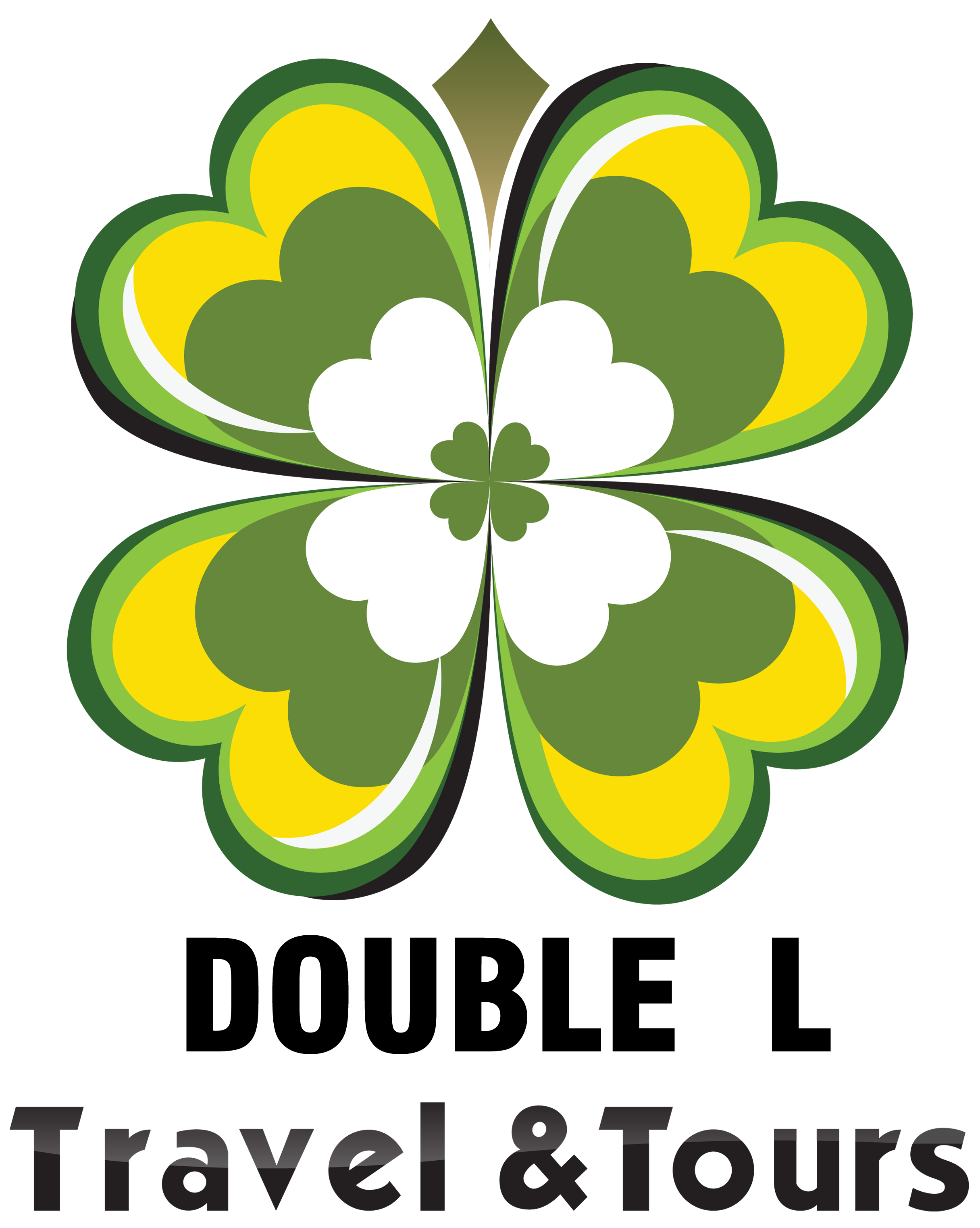Phnom Sambok
Phnom Sambok is a natural and historical site located in Thma Kre commune, Kratie district, about 11 kilometers north of Kratie provincial town. One of the main cultural and tourist attractions in Kratie, it was developed during the Sangkum Reastr Niyum regime of then-Prince Norodom Sihanouk. The site features beautiful landscape, including a huge pond west of the mountain foot. The pond is full of clear water and natural plants. The mountain has two peaks, one dull and the other pointed, and has a lush forest filled with birds. A concrete staircase makes the mountaintop accessible. Once at the top, visitors are rewarded with a beautiful panoramic view of the countryside, especially the Mekong River. There are also a number of Places to relax.
The mountain is steeped in legend. There once was a king named Chakrei Earsaravarman, who was a son of King Hathak Athireachvarman. After Chakrei Earsaravarman ascended to the throne, he asked his official to find a gold mine. The mine, which was very close to the foot of the mountain, turned out to be full of gold, so the people living nearby called the place Kanliang Sambo Meas. The name was later changed to Phnom Sambok Meas, then changed again to Phnom Sambok, as it is known today.
The legend said, in the early 15th century, there was a monk named Neak Voan, who was a classmate of Neak Sen, another monk and the teacher of Thon crocodile. Monk Neak Voan went to Sambok mountaintop to meditate. Because the monk knew much about ritual and magic, many people climbed the mountain to learn from him. Wat Phnom Sambok has stood there ever since.
Kratie-2Wat Sarsar Muoy Roy
Wat Sarsar Muoy Roy is located in Sambo commune, about 36 kilometers north of the provincial town. Wat Sarsar Muoy Roy was built on the site of a former royal palace during the Zhenla Period in a city named Sampopura. The site features four Buddhist temples, each facing a different direction:
Vihear Sarsar Muoy Roy faces north
Vihear Kork faces to the south (only the base of this temple remains)
Vihear Kork Kert faces east
Vihear Lao faces west
During Khmer New Year, local people who live in Sampopura city usually celebrate the Nine Days Ceremony starting with Vihear Sarsar Muoy Roy before going to Vihear Kork and then Vihear Lao.
Vihear Sarsar Muoy Roy was built in 1806. It was about 30 meters square. First, the temple was thatched, built by King Chan Reachea II to worship the goddess to care for the soul of his daughter Preah Neang Varakak, who had been swallowed by the Thon crocodile.
The temple is different from other temples, because it faces north. About 100 years later, the temple was damaged during a thunderstorm. Lightning struck 22 columns, causing them to burn to the ground and turning the face of the Buddha statue black from the smoke. Accordingly, the temple was dismantled and rebuilt by local people with only 78 columns. In 1997, Vihear Sarsar Muoy Roy was completely renovated. It is now 35 meters wide, 18 meters long and 23 meters high and has 116 columns. It was inaugurated on Jan 14, 1998.Kratie-5
Kampi
Kampi is 15 kilometers north of Kratie provincial town. From Prek Kampi Bridge, Kratie-4visitors have a lovely view of the Mekong River and scores of small islands and thousands of green, aquatic plants. This natural site in Kratie province is the home of the Irrawadi dolphin, a fresh water mammal that is endangered in Cambodia. The water depth at Kampi is very shallow, only 0.5 to 1.3 meters deep, and the water flows very slowly.
From January to May and especially during Khmer New Year, Kampi is extremely popular with locals and foreigners who enjoy swimming there. The site can accommodate thousands of visitors and is very convenient because it is close to National Road 7. The site has been improved over the years to attract more tourists. There are floating cottages for rent, as well as food and beverages for sale. An emergency service and security guard are also on site.
